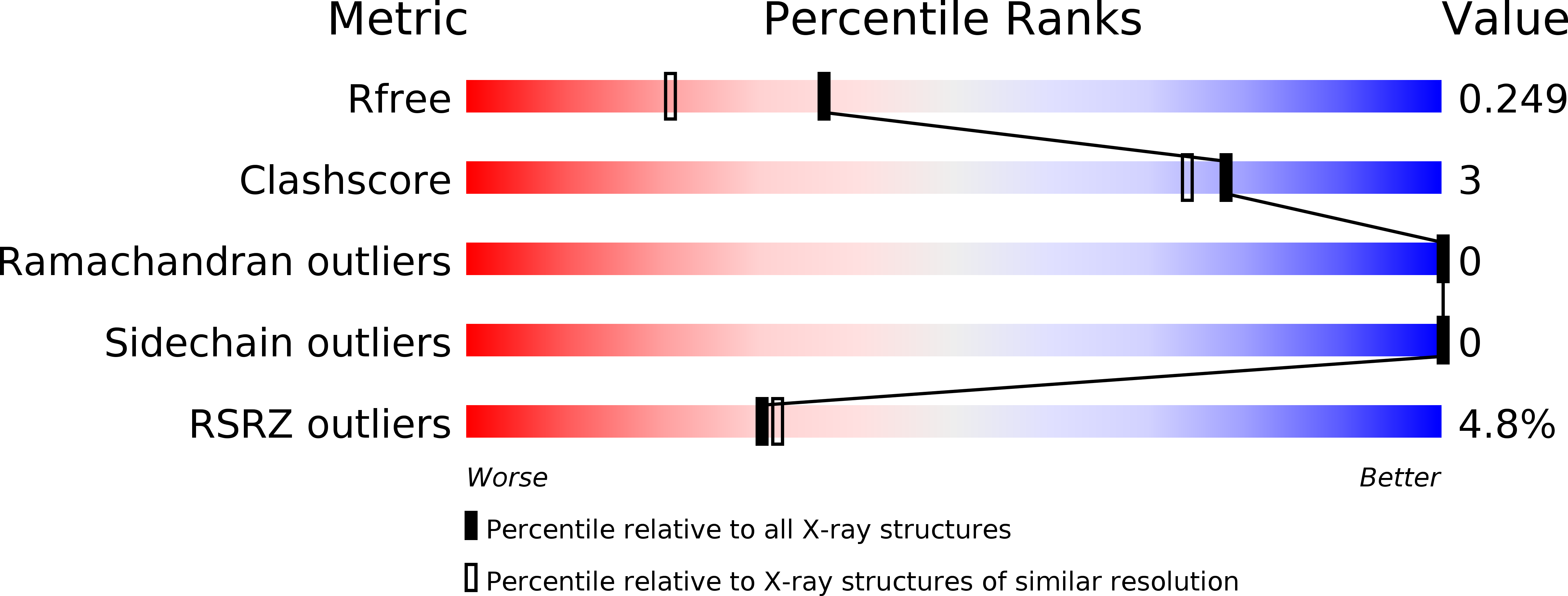
Deposition Date
2016-12-06
Release Date
2017-02-01
Last Version Date
2024-01-17
Entry Detail
PDB ID:
5ML6
Keywords:
Title:
The crystal structure of PDE6D in complex to inhibitor-8
Biological Source:
Source Organism:
Homo sapiens (Taxon ID: 9606)
Host Organism:
Method Details:
Experimental Method:
Resolution:
1.87 Å
R-Value Free:
0.24
R-Value Work:
0.20
R-Value Observed:
0.20
Space Group:
P 32 2 1


